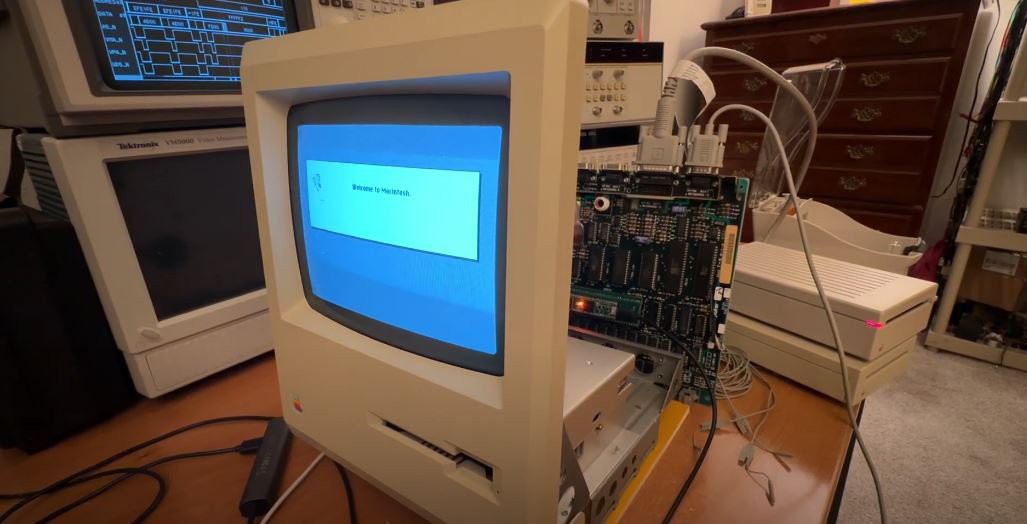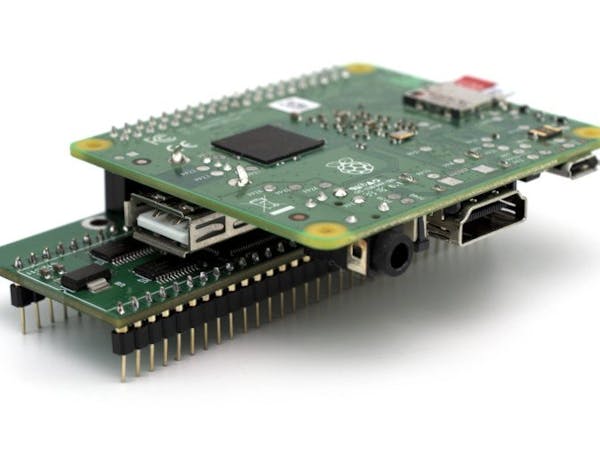Have you considered converting this to a Teensy 4.1? You would get more RAM, ROM, and speed which could be used to do interesting things between ISA bus cycles. (Or actually a fraction of an ISA bus cycle as the Teensy would only need to react to the bus cycle by either outputting the read data or latching write data.) Most of the time the 600-800 Mhz microcontroller would be free.
I know you are focused on the Pico at the moment so it might be hard to justify the effort. I ask because I have achieved some decent results using Teensy's recently

Hi,
I am more looking forward to a new Pico revision (With more RAM) than porting it to something else.
A Teensy board is more expensive than my full board plus the Pico.
And what is excellent in the Pico is that there are 2 core plus the PIO.
The ISA is much more demanding than emulating a CPU, because it is a Slave, not the bus Master...
ISA on 5150 is even much more demanding. I had to overclock the CPU to 280MHz to be able to answer fast enaught (And the critical code is only 5 CPU instruction/Cycles, can't be optimized more...)
> My Board use then 2x280MHz core, not a single 600MHz
What can help is that the ARM core in the teensy is surely faster to react to IRQ, so one core is dedicated to do the ISA bus sniffing in a loop (4 Instructions loop)
Also, for my curent "Low skills" in ARM coding, I am much more confortable to have one core dealing with the ISA BUS and the other doing everything else. That may not be simple to do with a Teensy.
So : Cost is higher, I even doubt it is possible...
What is the more "Complex" in term of time is obviously the software, and as most of it is in C/C++, this is surely portable to something else.





